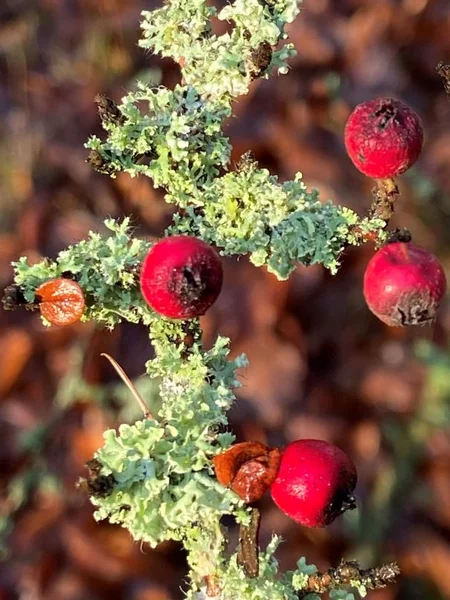Eberswalde Forest Botanical Garden
A Lasting Encounter with Nature
The Forest Botanical Garden in Eberswalde is one of the oldest of its kind in Europe. It was established in 1830 alongside the founding of the Royal Prussian Higher Forestry College, following Friedrich Wilhelm Leopold Pfeil’s decision—supported by Wilhelm von Humboldt—to relocate the Forestry Academy from Berlin to Eberswalde.
Originally conceived as a teaching garden, it provided students with hands-on opportunities to familiarise themselves with both native and exotic trees and shrubs. To this day, the garden plays a central role in forestry research and higher education. In addition to its academic and scientific functions, it also contributes significantly to nature conservation and public engagement, by showcasing and preserving threatened habitats and plant communities.
The garden is home to a living collection of more than 1,200 species of woody plants from around the world. Visitors and researchers alike can explore rare native species at risk of extinction, as well as entire plant communities. Shaped by the glacial periods of the Quaternary, particularly the Weichselian glaciation, the garden’s terrain features a rich diversity of landforms and soil types. This natural variation has allowed for a thoughtfully designed, ecologically appropriate planting layout that reflects the complexity and beauty of the surrounding environment.
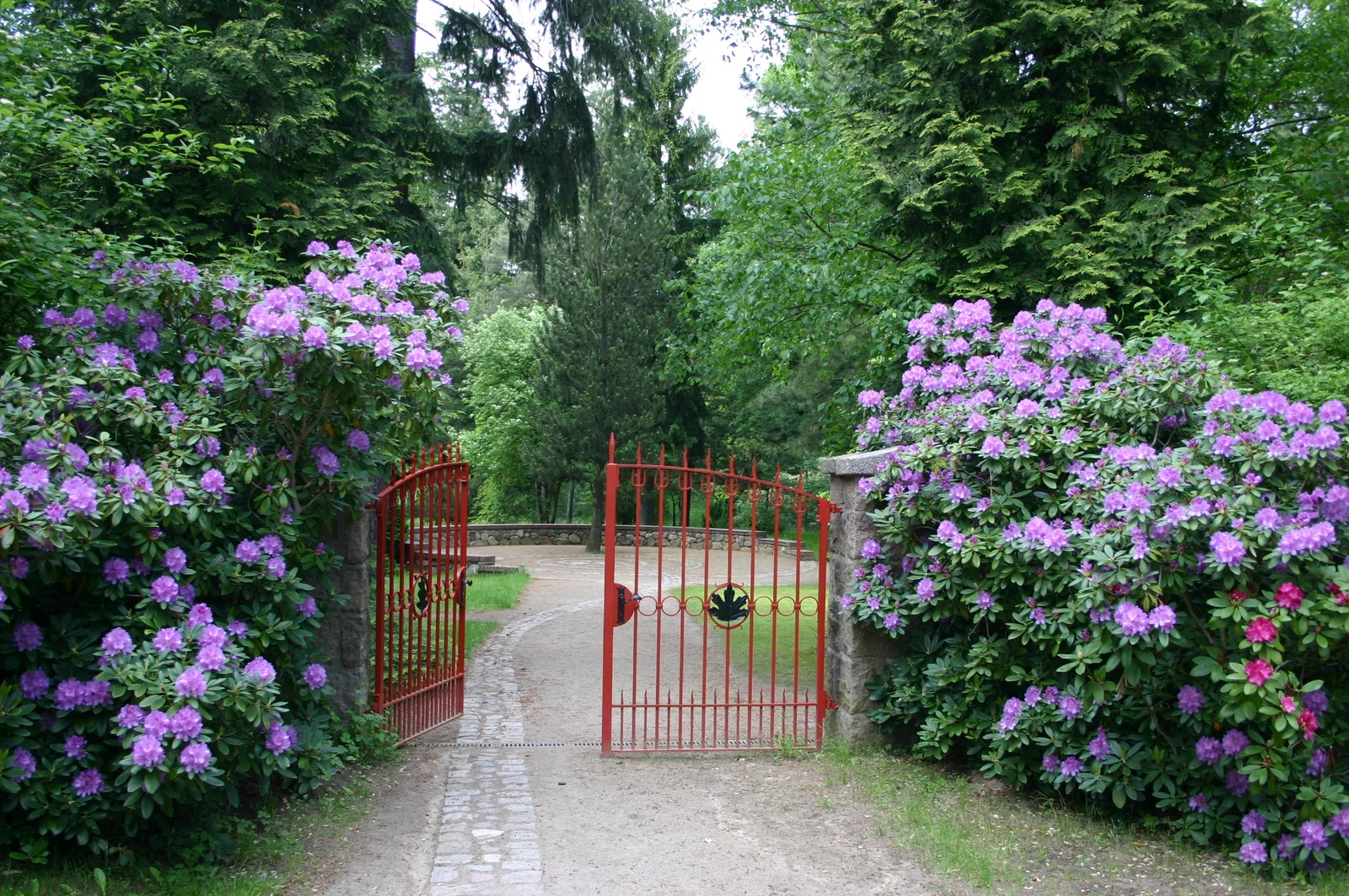
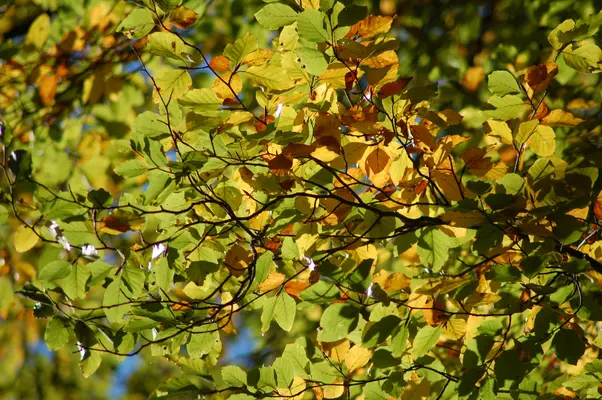
Relaxation and fresh air are just two of the many ecosystem services the forest provides to people.
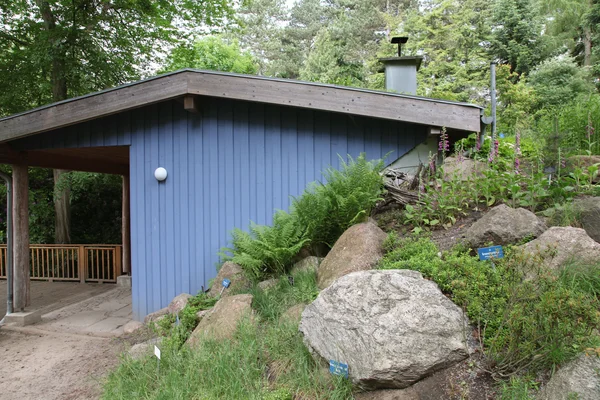
Root cellars use the earth as a natural source of insulation and cooling.
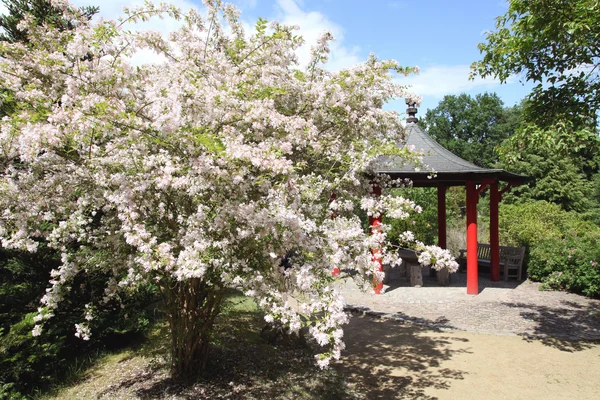
Enjoy a moment of peace and the garden surrounding you.
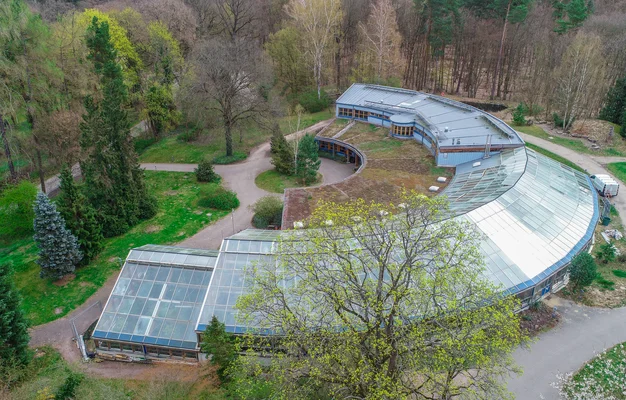
The Forest Botanic Garden at HNEE is one of the oldest gardens in Europe and forms a central part of the university.
Activities in the forest botanical garden
A garden for everyone
As a central facility of the Eberswalde University for Sustainable Development (HNEE), the Forest Botanical Garden forms an integral part of both → teaching and → research at the university. The garden and its associated facilities, including a laboratory, trial plots, the Botanic Centre, library, wood sample collection, and greenhouses, are all available for use by students and academic staff.
The garden plays an important role in teaching across a number of degree programmes, including → Forestry, → International Forest Ecosystem Management, → Landscape Management and Nature Conservation, → Wood Engineering, and → Organic Farming & Marketing. It is regularly used for courses in plant identification, botany, and ecological monitoring within the trial garden. The on-site laboratory also supports hands-on learning in fields such as dendrochronology, ecophysiology, and soil science—with a particular focus on soil water balance. Students are also able to carry out thesis and project work in the Forest Botanical Garden as part of their studies.
Since 1994, the garden’s research activities have concentrated on three core areas: bioindication, climate impact research, and biodiversity. Ongoing studies include investigations into tree growth dynamics and how trees respond to changing climatic conditions.
A visit to the garden is rewarding not only for students, researchers and professionals—it also offers a lasting nature experience for anyone seeking rest and relaxation. A walk through the park-like grounds reveals the remarkable diversity of woody plants, with variations in leaf and needle forms, bark textures, flower size and colour, growth habits, and distinctive natural scents all contributing to an enriching sensory experience.
Special themed sections—such as the Afrikanum, East Asian Quarter, and Alpine Garden—provide insights into plant communities from other parts of the world. Seasonal highlights are added by colourful displays of herbaceous flowering plants and ornamental perennials. A raised timber walkway leads visitors through a natural spring-fed wetland, home to towering giant horsetail (Equisetum telmateia), which can grow up to two metres high. Horsetails also appear in the garden’s sociological-ecological planting system, where indicator species reveal differences in soil moisture and nutrient levels. At the eastern end of the garden, a charming medicinal herb garden offers a glimpse into the world of traditional healing plants.
